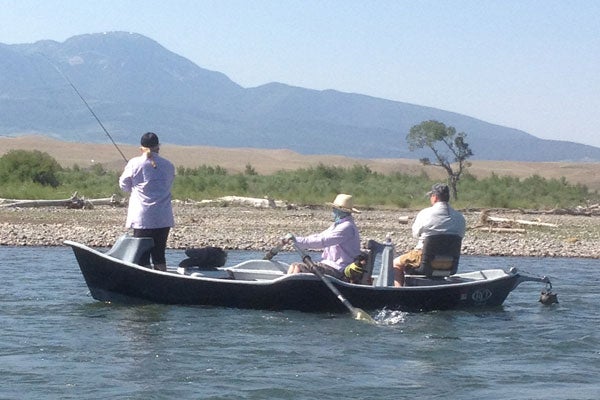Each year on November 11, Americans celebrate Veterans Day by commemorating the men and women who have heroically served our country and selflessly devoted themselves to the defense of freedom and liberty. This Veterans Day, we should honor these heroes by helping those service members who need our assistance.
Since 2007, more than 2 million service members have been deployed. Many have served numerous combat tours. In fact, today’s service members have spent more time on average in a combat theater than at any other time in U.S. history.
There are numerous ways Americans can help those who fight to protect our nation. The Department of Defense currently counts more than 400,000 registered websites for donors and organizations established to assist service men and women. The missions of these websites range from healing soldiers injured in war to assisting veterans’ transitions from military to civilian life.
One such organization that assists disabled veterans is Building Homes for Heroes. It works to build new houses or modify existing ones to meet the needs of veterans injured in combat. In 2011, for instance, the organization built a home for Army Specialist Brendan Marrocco. Marrocco, a Staten Island native who served in Iraq, is the first U.S. soldier to survive a quadruple amputation. Thanks to Building Homes for Heroes and over $850,000 in donations, Marocco now has a house equipped with the latest technology to help him live an independent life.
With so many such organizations in existence, Americans clearly have a desire to help the men and women who have served our country. The challenge these organizations face today is not so much finding support as it is coordinating with the military families that need their help.
The Heritage Foundation’s James Carafano is president of Esprit de Corps, a nonprofit organization that educates people on veterans’ affairs. He describes three key attributes in becoming an effective veterans’ services organization:
- Contact means actively reaching out to the veterans and addressing specific needs that they and their families have. This could mean visiting military hospitals or reaching out to local chapters of national veterans’ organizations like the Veterans of Foreign Wars or American Legion.
- Comradeship is a key part of the healing process, since no one understands the needs and thoughts of veterans like other veterans. The volunteer organization Warriors and Quiet Waters addresses this need by taking severely wounded veterans fly fishing in small groups. In these locations and settings, former service members are free to talk about their experiences with other veterans in an informal and relaxed atmosphere. (see photo above)
- Community is something volunteer organizations can’t exist without. Warriors and Quiet Waters is located in Bozeman, Montana, a community of around 40,000 people. With over 400 volunteers and most of its funding coming from individuals and small businesses in the area, Warriors and Quiet Waters demonstrates what a successful community model looks like.
Veterans have skills and abilities that make the communities in which they live stronger. The challenge lies not in finding the resources to help veterans succeed but in connecting them with the organizations and services that they need. The Pentagon has called the abundance of charitable organizations a “Sea of Goodwill.” As Veterans Day approaches, we should find ways to navigate this sea.
Bianca Falcone, Adam Yosef, and Steven Ballew are currently members of the Young Leaders Program at The Heritage Foundation. For more information on interning at Heritage, please visit http://www.heritage.org/about/departments/ylp.cfm.
